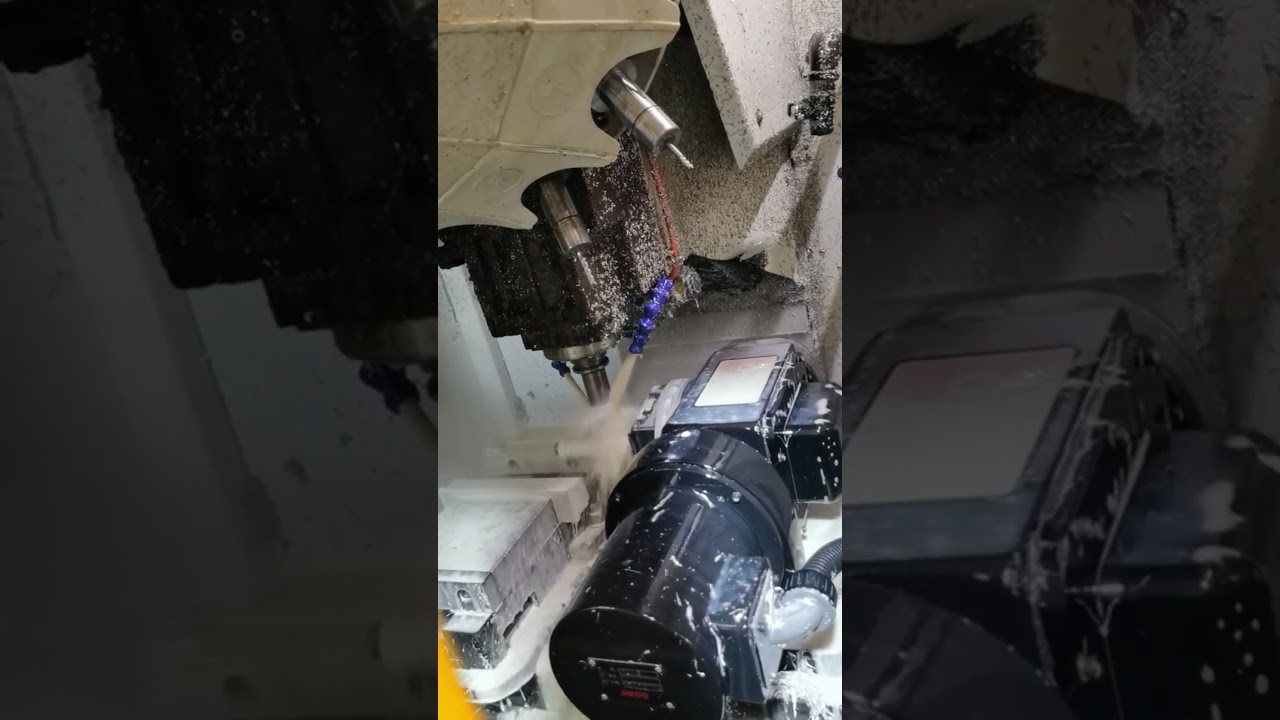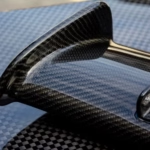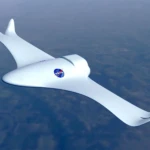CNC Lathe Parts Processing for Automobile Industry: Efficient Production and High-Quality Products
In the modern automobile industry, Computer Numerical Control (CNC) machining has become the norm for production of complex parts with high precision and efficiency. One of the key components in this process is the CNC lathe, which is used to create a wide range of parts, from bearings to engine components, with high accuracy and precision. In this article, we will explore the importance of CNC lathe parts processing for the automobile industry, the benefits of using CNC machining, and the various techniques used to achieve high-quality production.
Introduction to CNC Lathing
CNC lathe is a computer-controlled machine that is used to perform various precision machining operations such as turning, facing, drilling, and Counter-sinking. The CNC lathe is designed to operate with high precision and accuracy, making it an essential component in the production of complex parts for the automobile industry. The CNC lathe is capable of producing parts with tight tolerances, complex geometries, and high surface finish, making it an ideal machine for producing automobile components such as engine blocks, cylinder heads, and transmission components.
Benefits of CNC Machining
CNC machining has several benefits that make it an ideal choice for producing automobile parts. Some of the key benefits include:
- Precision and Accuracy: CNC machining is capable of producing parts with high precision and accuracy, which is critical for automobile parts that require tight tolerances.
- Efficiency: CNC machining can produce parts at a faster rate than traditional machining methods, making it an ideal choice for large-scale production.
- Consistency: CNC machining ensures consistency in production, which is critical for quality control and reliability.
- Scalability: CNC machining is capable of producing large quantities of parts, making it an ideal choice for mass production.
CNC Lathe Parts Processing Techniques
There are several techniques used in CNC lathe parts processing for automobile industry. Some of the key techniques include:
- Turning: This is the most common operation performed on a CNC lathe, which involves cutting a shape or a feature on a rotating workpiece.
- Facing: This operation involves cutting a flat surface on the end of a workpiece, which is critical for producing accurate parts with tight tolerances.
- Drilling: This operation involves creating a hole in a workpiece, which is critical for producing parts with internal features.
- Counter-sinking: This operation involves cutting a conical or cylindrical surface on a workpiece, which is critical for producing parts with complex geometries.
CNC Machining Cycle
The CNC machining cycle involves several steps, including:
- Program Preparation: The first step in the CNC machining cycle is to prepare the program for the lathe, which involves selecting the tool, workpiece, and machining parameters.
- Tool Selection: The next step is to select the appropriate tool for the machining operation, which depends on the material and the operation being performed.
- Machining Operation: The actual machining operation is performed, which involves cutting the workpiece to the desired shape and size.
- Post-Processing: The final step is to perform post-processing operations, such as deburring and finishing, to ensure the part meets the required standards.
Challenges in CNC Lathing
Despite the benefits and advantages of CNC lathing, it is not without its challenges. Some of the key challenges include:
- Complexity of Parts: Modern automobile parts are increasingly complex, which requires advanced CNC machining capabilities to produce.
- Tight Tolerances: Automobile parts require tight tolerances, which can be challenging to achieve without advanced CNC machining capabilities.
- Material Selection: The selection of the right material for the part is critical, which can be challenging, especially for exotic materials.
- Error Prevention: Preventing errors is critical in CNC machining, which requires advanced quality control measures.
Future of CNC Lathing in Automobile Industry
The future of CNC lathing in the automobile industry is bright, with advancements in technology and machine capabilities enabling production of complex parts with high precision and accuracy. Some of the key trends and advancements include:
- 5-Axis Machining: The ability to perform 5-axis machining has enabled the production of complex parts with high precision and accuracy.
- Artificial Intelligence (AI) and Machine Learning (ML): AI and ML are being used to optimize CNC machining processes, improving efficiency and reducing errors.
- Hybrid Machining: Hybrid machining techniques, such as combining turning and milling, are enabling the production of complex parts with high precision and accuracy.
Conclusion
In conclusion, CNC lathe parts processing is a critical component in the production of high-quality automobile parts. The benefits of CNC machining, including precision, efficiency, consistency, and scalability, make it an ideal choice for producing automobile components. The various techniques used in CNC lathe parts processing, such as turning, facing, drilling, and counter-sinking, enable the production of complex parts with high precision and accuracy. While there are challenges in CNC lathing, advancements in technology and machine capabilities are helping to overcome these challenges, making it an exciting time for the future of CNC lathing in the automobile industry.
Daguang focuses on providing solutions such as precision CNC machining services (3-axis, 4-axis, 5-axis machining), CNC milling, 3D printing and rapid prototyping services.

















